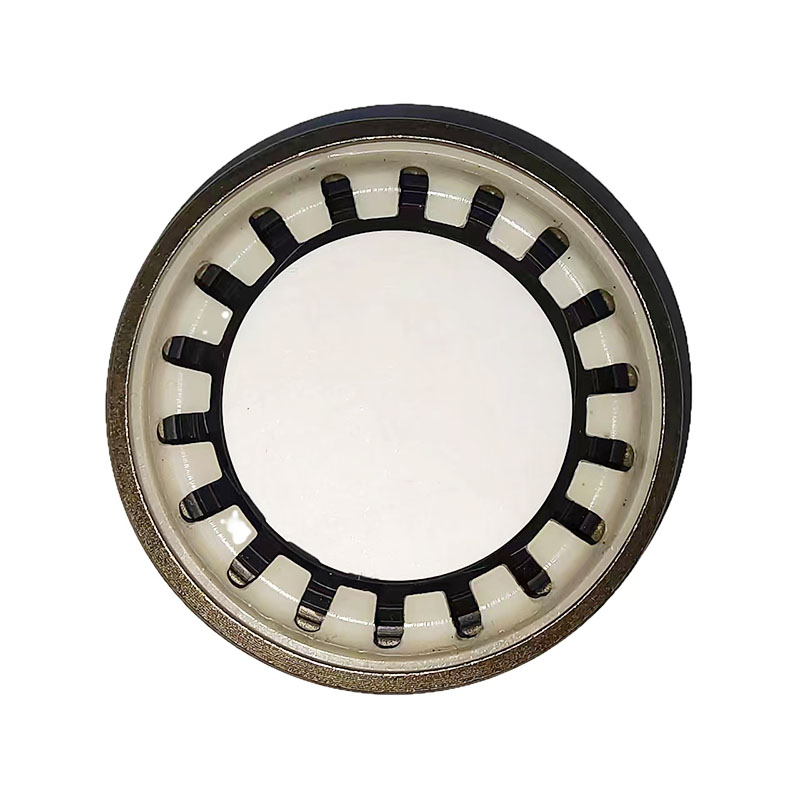Design and Application of Flat Gaskets in Modern Engineering Systems
The Importance of Gasket Flat in Engineering Applications
Gaskets are crucial components in various engineering applications, serving primarily as a sealing solution to prevent the leakage of fluids and gases between two surfaces. Among the many types of gaskets, the gasket flat plays an essential role in ensuring the integrity and efficiency of mechanical systems. This article will explore the features, applications, and best practices surrounding the use of gasket flat, shedding light on its significance in engineering.
Understanding Gasket Flat
A gasket flat can be defined as a flat, typically ring-shaped component made from various materials, including rubber, silicone, metal, or a combination thereof. It is designed to fit between two mating surfaces to create a tight, leak-proof seal. The flat design is crucial because it allows for even distribution of pressure across the surface area, reducing the risk of material degradation or breakdown over time.
The choice of material for gasket flats depends on several factors, including the operating environment, temperature, pressure, and the types of fluids involved. For examples, rubber or silicone gaskets are often used in low-pressure applications, while metal gaskets are preferred for high-pressure and high-temperature scenarios. Understanding these requirements is essential for engineers and designers when selecting the appropriate gasket flat for their specific applications.
Applications of Gasket Flat
Gasket flats are used in a wide range of industries and applications. One of the most common uses is in the automotive sector, where they seal engine components, transmission systems, and exhaust systems. In these applications, gasket flats help manage temperatures and pressures that can significantly impact overall vehicle performance.
In the oil and gas industry, gasket flats play a pivotal role in sealing pipelines, valves, and flanges
. The ability to withstand extreme pressure and temperature makes them indispensable in preventing leaks that could lead to catastrophic environmental disasters. Similarly, in the aerospace sector, gasket flats are designed to ensure the integrity of fuel systems and hydraulic lines, where even the slightest leak can have severe implications.Moreover, gasket flats play a significant role in the chemical processing industries, where they seal reactors, tanks, and transfer lines. Here, the choice of gasket material becomes even more critical due to the corrosive nature of many chemicals handled. Specialized gasket flats are formulated to resist chemical attack, ensuring safety and longevity.
gasket flat

Best Practices for Gasket Flat Installation
To maximize the effectiveness of gasket flats, several best practices should be followed during installation
1. Surface Preparation Before installing a gasket flat, it is crucial to ensure that the mating surfaces are clean and free from any debris, corrosion, or old gasket material. Proper surface preparation helps achieve a better seal and extends the life of the gasket.
2. Correct Torque Settings When fastening the components, it is vital to apply the correct torque settings as specified by the manufacturer. Over-torquing can lead to material deformation, while under-torquing may result in leaks.
3. Use of Lubricants In some cases, applying a thin layer of lubricant can help achieve a more uniform compression of the gasket flat, improving the seal's effectiveness.
4. Regular Inspection Periodic inspection of gasket flats is essential, especially in high-demand applications. Checking for signs of wear, deformation, or chemical degradation can prevent failures and ensure that the system operates efficiently.
Conclusion
Gasket flats are an integral part of numerous mechanical systems, providing essential sealing capabilities that prevent leaks and ensure operational safety. Understanding the characteristics of gasket flats, their applications, and the best practices for installation can significantly enhance the performance and reliability of engineering designs. As industries continue to evolve and innovate, the importance of choosing the right gasket flat becomes increasingly vital, underscoring its role as a key component in modern engineering solutions. Ignoring this small yet significant element could lead to costly repairs and operational inefficiencies, making the gasket flat an indispensable part of engineering excellence.
-
Simplifying Oil Changes: A Comprehensive Guide to Oil Drain Plugs and Their Variants
News Aug.04,2025
-
Mastering Oil Drain Maintenance: Solutions for Stripped, Worn, and Upgraded Oil Plugs
News Aug.04,2025
-
Fixing Oil Pan Plug Issues: Leaks, Stripped Nuts, and the Right Replacement Solutions
News Aug.04,2025
-
Everything You Need to Know About Oil Drain Plugs: Sizes, Fixes, and Upgrades
News Aug.04,2025
-
Choosing the Right Oil Drain Plug: A Guide to Sizes, Materials, and Drain Innovations
News Aug.04,2025
-
A Complete Guide to Automotive Drain Plugs: Types, Problems, and Innovative Solutions
News Aug.04,2025
-
The Ultimate Guide to Car Repair Kits: Tools and Essentials Every Driver Should Own
News Aug.01,2025
Products categories















